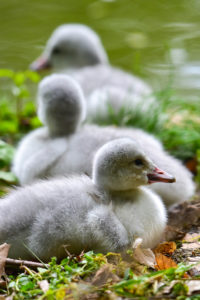
BALTIMORE, MD – Happy hatchdays to three new trumpeter swans at the Maryland Zoo! The hatchlings, called cygnets, hatched after more than 30 days of incubating.
“This is our fifth clutch laid by the trumpeter swan pair here at the Zoo. These cygnets have a very important role to play in the conservation of their species,” said Jen Kottyan, avian collection and conservation manager. “If all goes well, the cygnets will be part of the Trumpeter Swan Restoration Program in Iowa. Over the next few months at the Zoo, we will monitor them, watching them develop into juvenile swans. We’ll be very hands off to keep them as wild as possible to give them the best chance at survival in the wild once they are released.” The juvenile swans will be transported to Iowa to winter with other young swans also hatched at AZA-accredited zoos.
Trumpeter swans are the largest waterfowl species native to North America and the largest swan in the world. They can weigh up to 30 pounds, and are known for their bright white feathers, black beaks, very large webbed feet and a six-foot wingspan. In the early 1900s, trumpeter swans were nearly hunted to extinction for their skin, feathers, meat and eggs. The passage of the Migratory Bird Treaty Act of 1918 gave protection to trumpeter swans and other birds which helped curb illegal killing, however the population continued to decline and in 1932 it was believed that there were fewer than 70 trumpeter swans remaining. In 1935, the U.S. government established Red Rock Lakes National Wildlife Refuge (NWR) in Montana’s Centennial Valley to protect the remaining trumpeters.
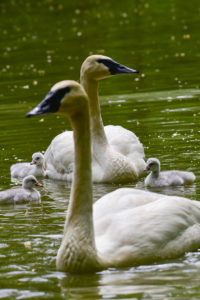
Trumpeter swans disappeared from Iowa by the late 1880s. For the last two decades, the Iowa Department of Natural Resources (IDNR) has worked to reestablish trumpeter swan populations in the state. To date, the Zoo has sent four swans, all offspring of the current pair, to the release program.
“It is a great conservation program that we are thrilled to be a part of,” said Kottyan. “Thanks to conservation work such as IDNR’s, the trumpeter swan population has reached over 60,000 individuals. While our adults are not suitable for release, it is great to be able watch them rear their cygnets and contribute to the swan population in the wild.”
The swans are viewable from 10 a.m. to 4 p.m. daily on the Zoo’s Swan Nest Live Cam. The cam runs on a 30-minute delay due to the hands-off process, the risk for predation and other environmental factors such as extreme weather events.

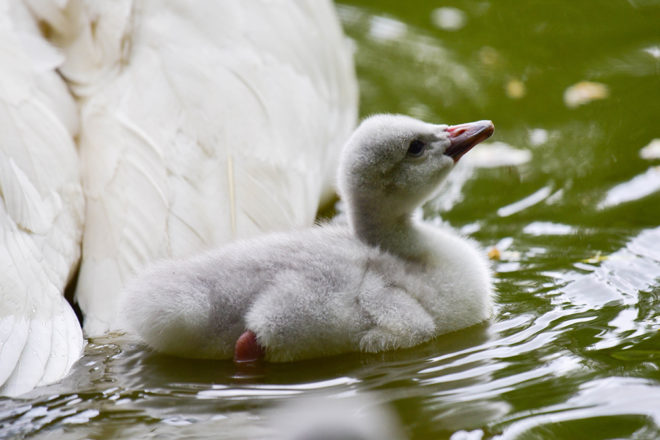
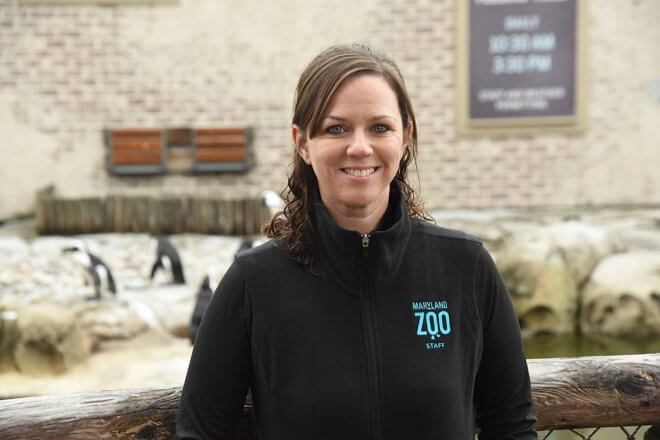
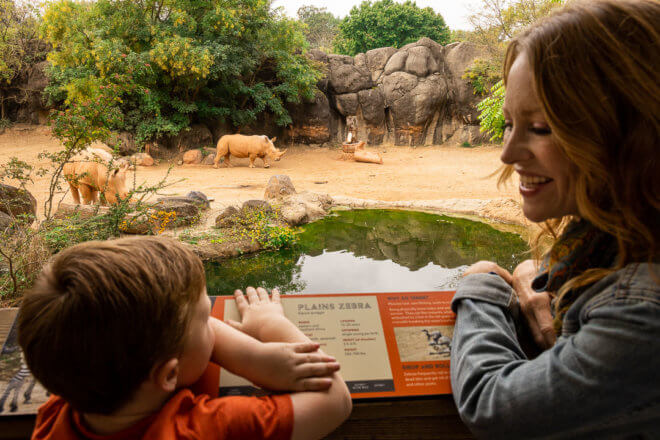
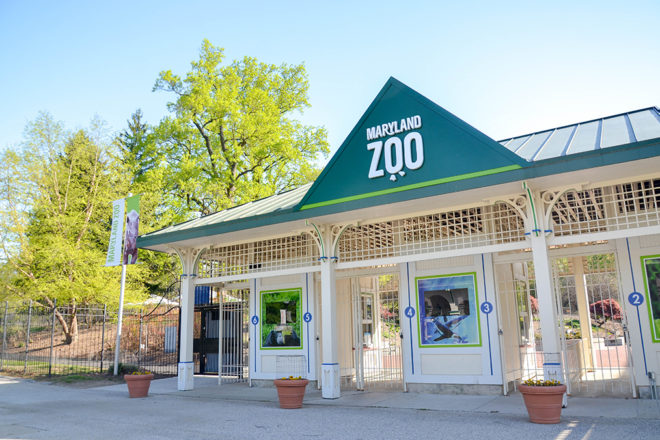
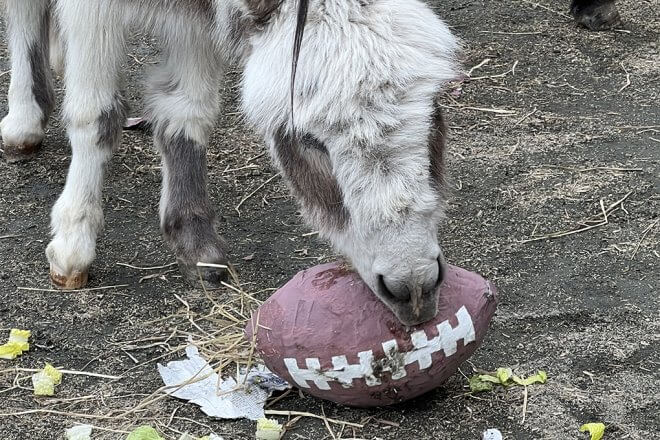
Share this article